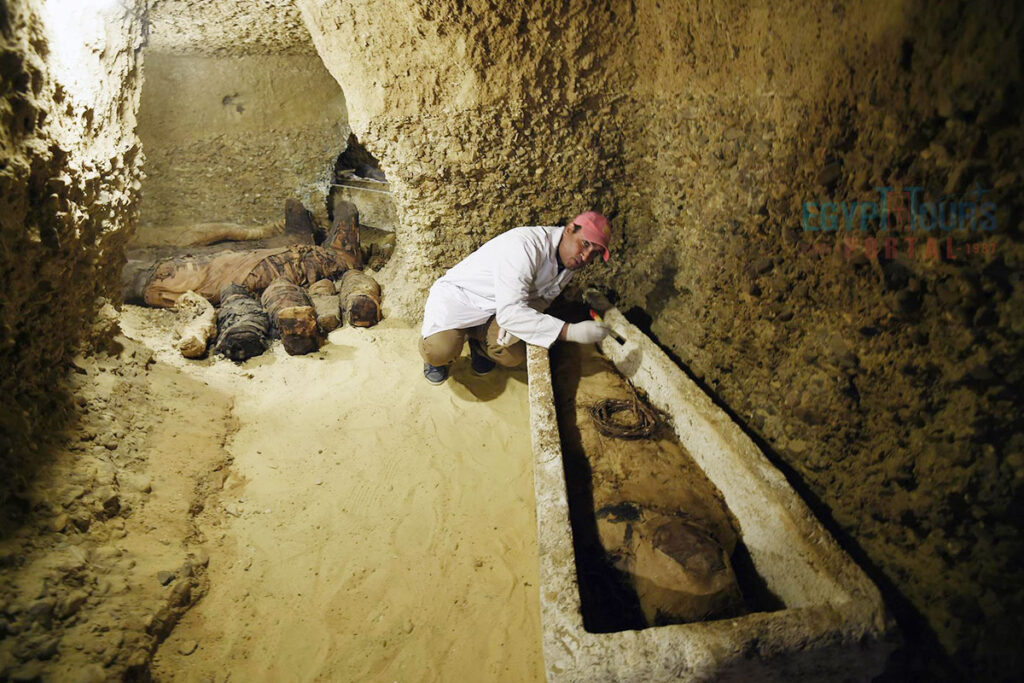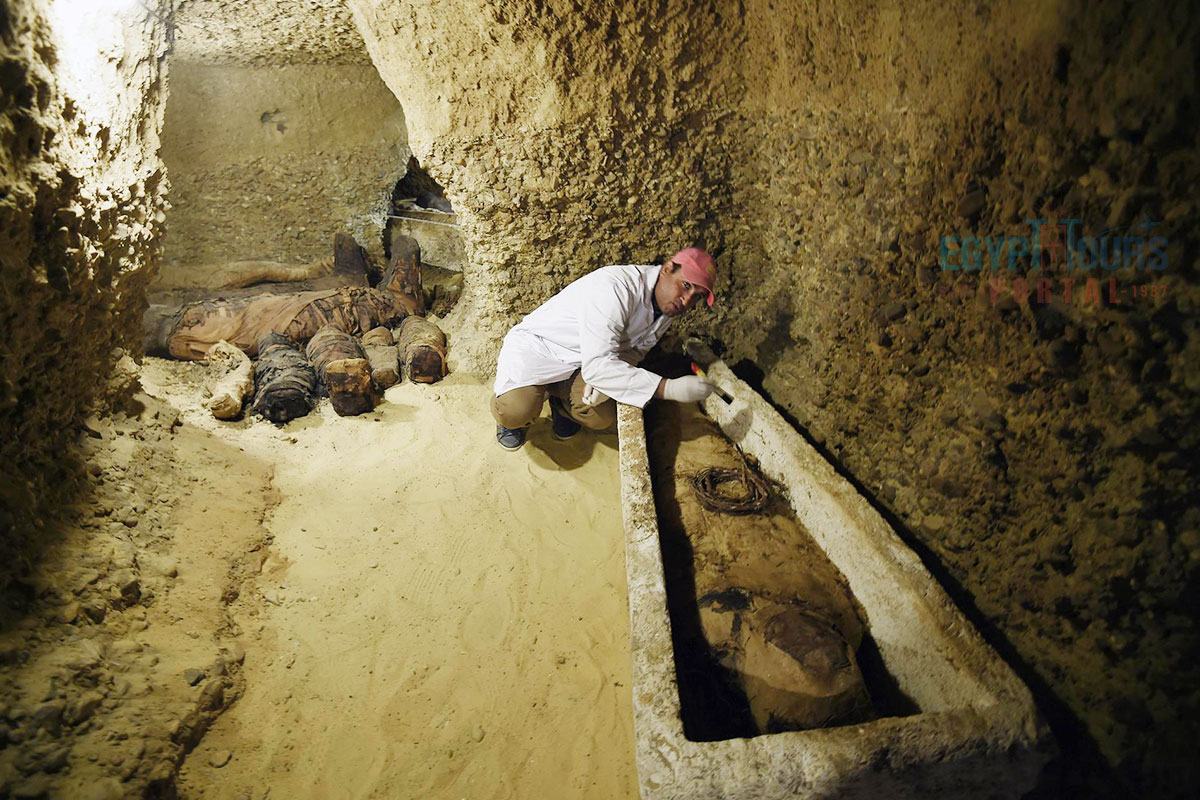Introduction to the Ancient Egyptian Civilization
Why Ancient Egypt Still Captivates the World

The Ancient Egyptian Civilization is one of the most remarkable and influential cultures in human history. Known for its monumental achievements in architecture, art, and governance, the Ancient Egyptian Civilization thrived along the banks of the Nile River for thousands of years. From the construction of the Great Pyramids to the development of complex religious systems, the Ancient Egyptian Civilization demonstrated unparalleled ingenuity and spiritual depth. Every artifact, tomb, and temple offers a glimpse into the values and beliefs that shaped the Ancient Egyptian Civilization.
From the Nile to the Pyramides – A Civilization Built on Greatness
Their contributions to science, medicine, and writing systems, especially the development of hieroglyphics, show the far-reaching impact of the Ancient Egyptian Civilization. Even today, tourists and scholars alike are captivated by the enduring mysteries and stories surrounding the Ancient Egyptian Civilization. The preservation of mummies, the Book of the Dead, and the legendary tales of gods and pharaohs highlight the mythological and historical significance of the Ancient Egyptian Civilization. As we explore ancient cities like Luxor, Karnak, and Thebes, we uncover more about how the Ancient Egyptian Civilization shaped both past and present. Ultimately, the Ancient Egyptian Civilization continues to fascinate the modern world and remains a key subject of study in archaeology and history.
The Mystique of Tuna al-Jabal – City of the Dead
A Spiritual Journey into Upper Egypt’s Sacred Necropolis
La civilisation égyptienne antique a toujours été imprégnée de tension et de mystère. Bienvenue, chers lecteurs, dans une nouvelle aventure au cœur de la cité des morts, des cimetières et des esprits exaltés de la Haute-Égypte.
Aujourd'hui, notre visite nous mène à travers les « Catacombes de Tuna al-Jabal ».
Who Was Thoth – God of Wisdom and the Moon
En Moyenne Égypte, plus précisément en Haute Égypte, dans la région de Minya, se trouve l'ancienne ville de Tuna al-Jabal, dont la divinité officielle dans l'Égypte ancienne était Thot.
Prêt pour une aventure palpitante ? C'est parti !
Exploring the Catacombs of Tuna al-Jabal
Discovery and Structure of the Underground City
À Tuna al-Jabal, vous découvrirez une cité souterraine parfaitement préservée, découverte seulement en 1935. Surnommé le « Cimetière des Esprits Exaltés » ou les « Catacombes du Mystère et de l'Excitation », ce lieu abrite des oiseaux et des animaux sacrés. L'entrée mène, par une petite porte, à un vestibule d'environ 15 mètres de haut, une hauteur presque inimaginable.
Sacred Birds, Baboons, and Burial Rituals
This is a vast network of tunnels carved into the rock, dedicated to the burial of all sacred ibis birds. The ibis birds and the sacred baboon monkey are symbols of the god Thoth, symbols of wisdom and knowledge in ancient Egypt. They were buried as offerings. It is said that all archaeological missions so far have failed to determine the total number of tunnels, and the end has never been reached due to breathing difficulties underground.
Highlights of the Crypts and Their Unique Features
The First Crypt – Burial Site for Ibises and Birds
The site includes four crypts. The first crypt was dedicated to the burial of ibises and other birds. It consists of a main street running from north to south, intersected in the middle by another street running east to west. Spacious halls on both sides were dedicated to the owners of the birds to be buried.
The Third Crypt – Baboons and the Limestone Hut of Ptolemy III
The third crypt contains a large number of mummified baboons. In this crypt is a limestone hut with a portrait of King Ptolemy III at the entrance, as well as a cartouche with his name. Doors are depicted on the hut that allowed souls to enter and exit, returning to the ibises and baboons.
The hut
At the end of the hut is a mummified monkey. Inside, you will also find a limestone statue of a baboon connected by a long corridor to a fourth crypt on the west side. Monkeys and birds are placed in niches on both sides of the corridors, and each niche has a stone tablet with the name of the bird or monkey, its species, the owner’s name, and the cause of death. Most corridors are closed with iron gates out of fear that visitors might get lost and not find their way back.
Ankh-Hor’s Tomb – A Legacy from the 26th Dynasty
Les catacombes contiennent également le cercueil du prêtre « Ankh-Hor », prêtre du dieu Thot. Il vécut sous la XXVIe dynastie. Le couvercle du cercueil pèse à lui seul environ huit tonnes. La momie a été transférée au Musée égyptien, tandis que le cercueil de pierre y est toujours. Les caveaux regorgeaient de trésors qui furent malheureusement détruits ou volés. Ceci indique que la région recèle encore de nombreux secrets.
Tuna al-Jabal – A Sacred Necropolis in Ancient Egypt
Hermopolis Magna and the Role of Thoth
Tuna al-Jabal, located on the edge of the western desert near Minya in Middle Egypt, is a treasure trove of ancient heritage. It served as the necropolis for the nearby city of Hermopolis Magna, a major center for the worship of Thoth. The site flourished during the Late Period and Greco-Roman times, becoming a significant burial ground for high priests, officials, and thousands of sacred animals.
Petosiris’ Tomb – Where Pharaonic and Greek Cultures Meet
One of the most fascinating aspects of Tuna al-Jabal is how the entire necropolis was engineered underground, showing the Egyptians’ mastery in architecture and their reverence for divine order. Many chambers include painted walls, ancient graffiti, and religious symbols that give insight into the rituals and daily life of priests. The site also includes the tomb of Petosiris, a priest whose tomb blends Pharaonic and Hellenistic art styles — making it a must-see for those interested in cultural transitions in ancient Egypt.
Conclusion – Why Tuna al-Jabal is a Must-Visit in 2025
Unlocking the Secrets of Ancient Egyptian Civilization
Whether you’re an archaeologist or a traveler, Tuna al-Jabal offers a one-of-a-kind experience into the spiritual and intellectual heart of Egypt’s ancient civilization.
Egypt’s Spiritual and Archaeological Wonders Await You
From sacred animals to lost treasures, from Thoth’s mysteries to Petosiris’ unique tomb, Tuna al-Jabal is an essential destination for any cultural explorer visiting Egypt in 2025.

